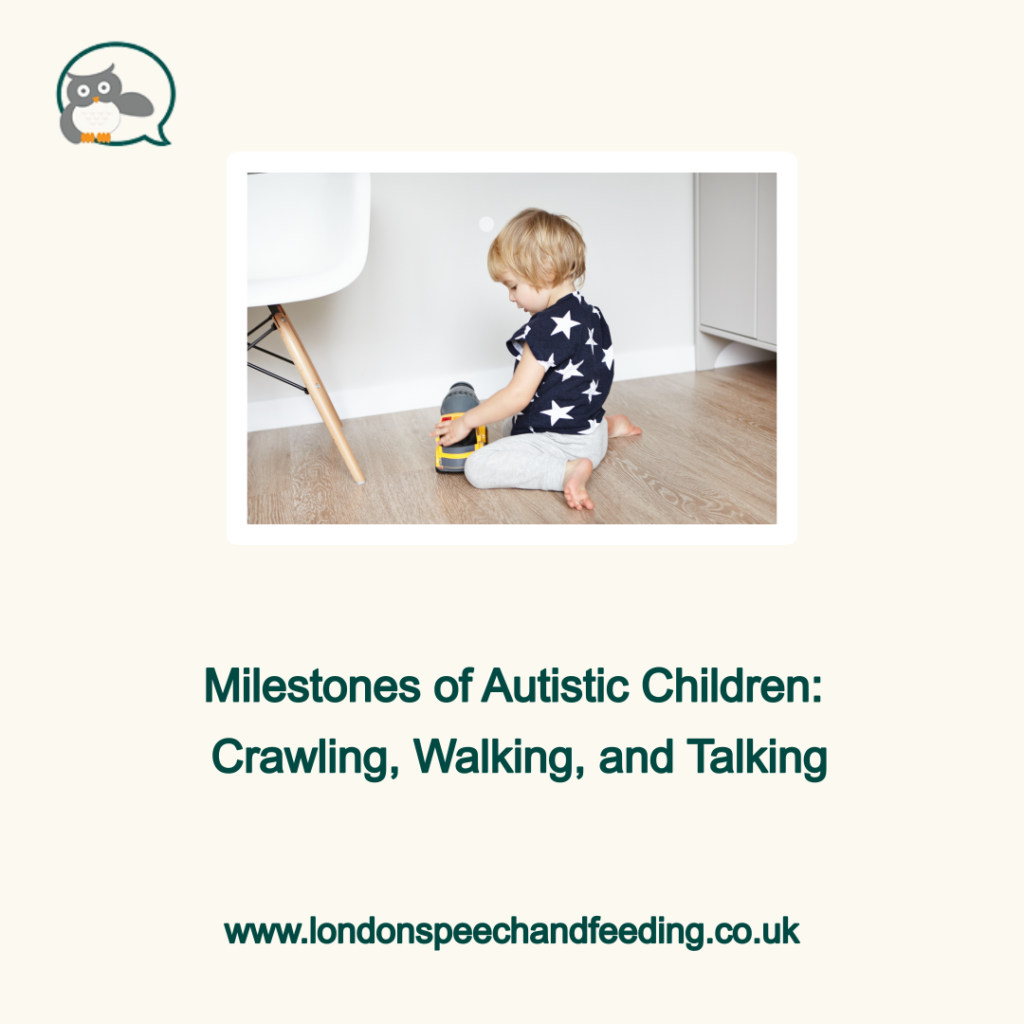Halloween without the tears: Supporting children through the Spooky Season

For many families, Halloween is an exciting time filled with costumes, decorations, and sweets. But for children who are sensory sensitive, whether they’re autistic, have sensory processing differences, or simply find new experiences overwhelming, Halloween can feel like a night of chaos rather than fun.
The bright lights, unexpected noises, strange textures, and social pressure to ‘join in’ can quickly become too much. The good news? With some thoughtful planning and gentle support, you can make Halloween a positive and manageable experience for your child.
Understanding sensory overload
Sensory overload happens when a child’s brain receives more sensory input than it can process. This might mean:
- Costumes that itch, squeeze, or feel strange on the skin.
- Loud sounds like doorbells, fireworks, or shrieking decorations.
- Crowds and unpredictability during trick-or-treating.
- Strong smells or tastes from face paint or unfamiliar sweets.
When overloaded, children may cry, cover their ears, hide, run away, or ‘shut down.’ These reactions aren’t ‘bad behaviour’, they’re signs of distress. The goal isn’t to eliminate Halloween fun, but to adjust it to your child’s comfort level.
Step 1: Choose costumes wisely
Costumes are often the biggest trigger. Scratchy fabrics, tight seams, or masks that restrict breathing can be unbearable for some children.
Try these tips:
- Go sensory-friendly: Use soft, breathable fabrics and remove tags. Many retailers now sell sensory-safe costumes.
- Test it early: Let your child wear the outfit around the house before Halloween. If it’s too much, simplify — maybe themed pyjamas or a favourite T-shirt with Halloween accessories.
- Skip the mask: Face paint can be equally challenging, always test on a small patch of skin first. A comfortable headband or hat might be enough to feel ‘in costume.’
Remember, participation doesn’t require perfection. Your child can still ‘be’ their favourite character without a full costume.
Step 2: Plan your Halloween environment
Before the big day, think about what parts of Halloween your child enjoys — and what might overwhelm them.
At home:
- Keep decorations minimal and predictable. Avoid motion-activated sounds or flashing lights.
- Practise knocking at your own front door or saying ‘trick or treat’ with a trusted adult.
- Have a ‘quiet space’ ready, a cosy corner or room where your child can retreat if things get too intense.
If you’re going out:
- Choose earlier, quieter times for trick-or-treating.
- Visit a few familiar houses instead of the whole street.
- Bring ear defenders or noise-cancelling headphones.
- Have a clear exit plan if your child needs a break.
Sometimes, watching from the window and handing out sweets can be just as enjoyable! it still offers social participation without sensory overload.
Step 3: Prepare socially and emotionally
Halloween involves a lot of unexpected social interaction: strangers at the door, unfamiliar greetings, and different rules.
Help your child by:
- Using visuals or stories: Read picture books about Halloween or make a short social story about what will happen.
- Role-playing: Practise saying ‘Trick or treat!’ or handing out sweets in a fun, low-pressure way.
- Labelling feelings: Explain that it’s okay to feel nervous or to take a break if something feels ‘too loud’ or ‘too much.’
Children feel safer when they know what to expect. Predictability reduces anxiety and makes participation more enjoyable.
Step 4: Rethink the treats
Not every child enjoys sweets; some dislike sticky textures or strong flavours. Offer non-food alternatives like stickers, glow sticks, or small toys.
If your child has feeding difficulties or oral sensitivities, it’s okay to opt out of the traditional treats entirely. They can still join in by giving treats or decorating treat bags instead.
It’s also helpful to prepare your child that others might offer sweets they don’t want. Practising polite ‘no thank you’ responses can make these moments easier. (check out my symbol download for children who struggle to speak)
Step 5: Celebrate your way
Halloween doesn’t have to look like anyone else’s version. Maybe your family watches a ‘not-too-scary’ film, carves pumpkins, or does a flashlight treasure hunt indoors. The goal is joyful connection, not conformity.
A calm, happy experience, even if it looks simple from the outside builds positive associations your child will carry into future celebrations.
In summary
Halloween can be full of sensory surprises, but with empathy, planning, and flexibility, it doesn’t have to end in tears.
The more you adapt to your child’s sensory needs, the more they learn that they are safe, understood, and included not just at Halloween, but in every celebration.
As with all things in speech and feeding development, progress starts with connection. When children feel regulated and supported, communication and confidence follow.
HAPPY HALLOWEEN!

Sonja McGeachie
Highly Specialist Speech and Language Therapist
Owner of The London Speech and Feeding Practice.
Find a speech and language therapist for your child in London. Are you concerned about your child’s speech, feeding or communication skills and don’t know where to turn? Please contact me and we can discuss how I can help you or visit my services page.














